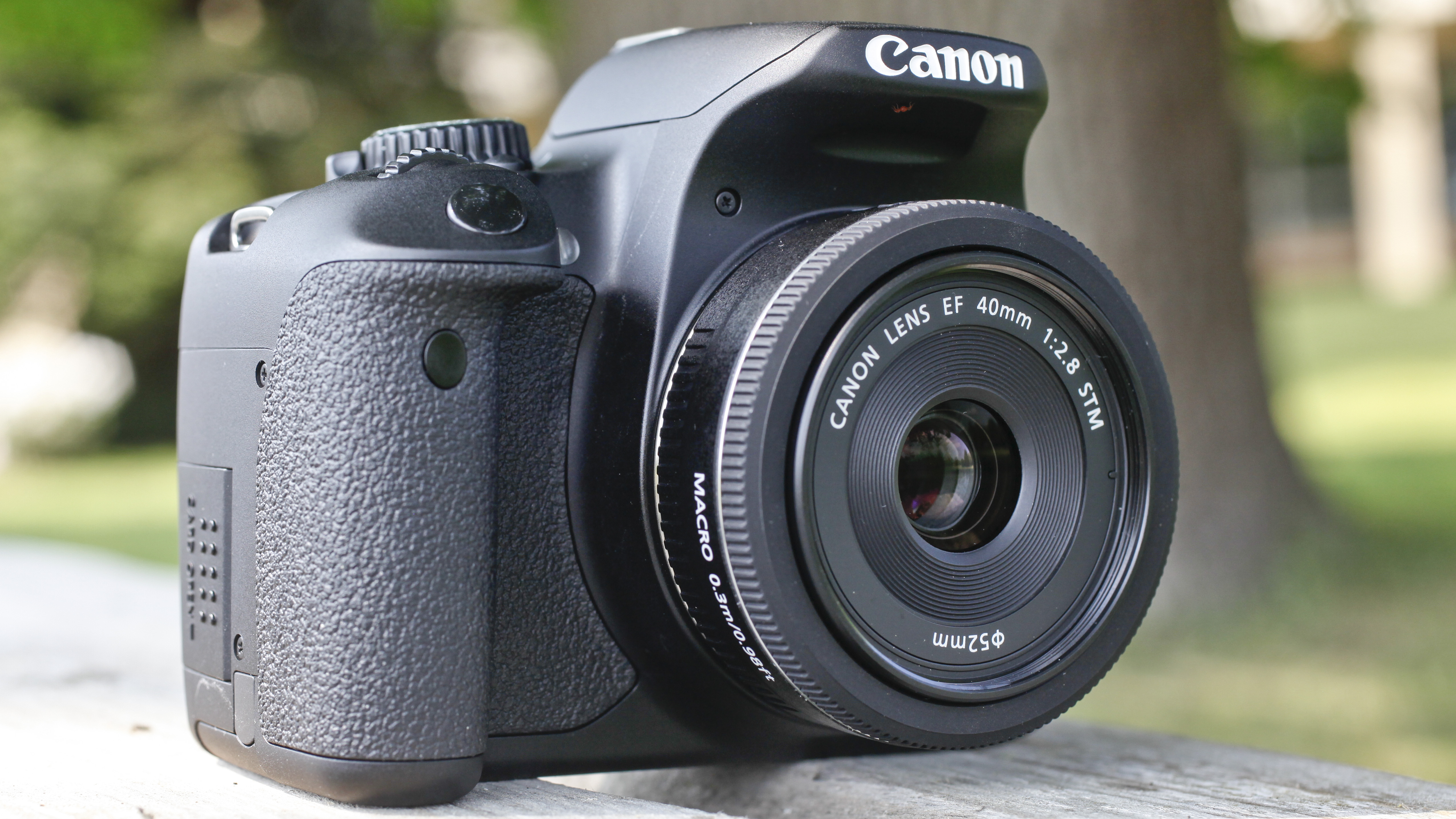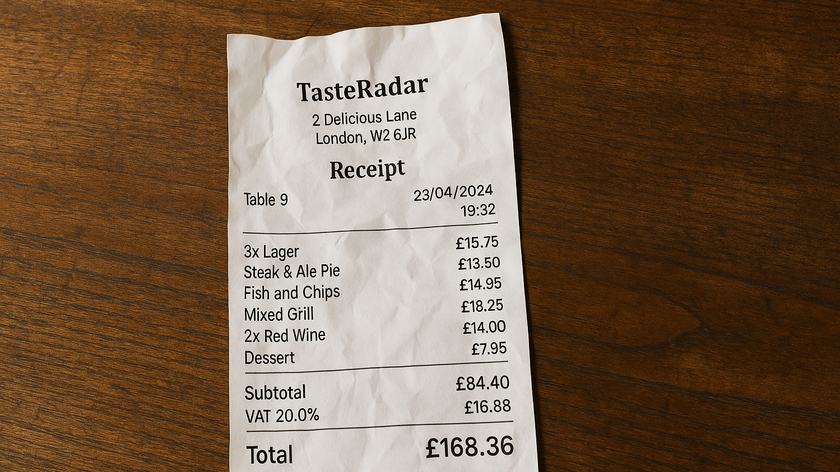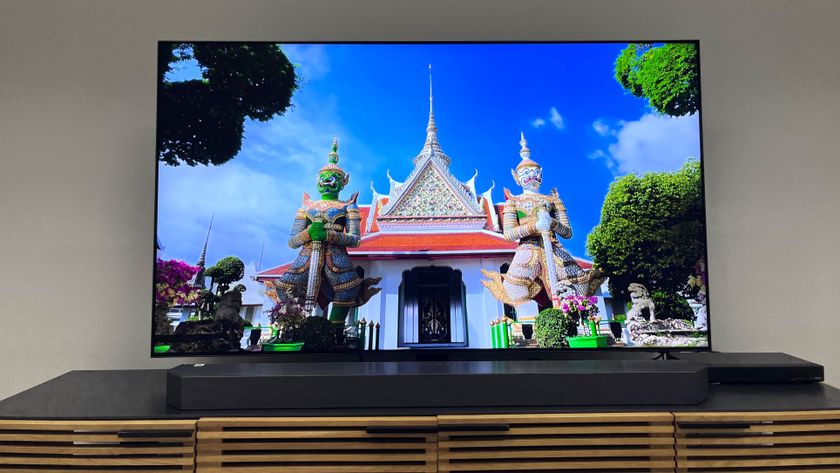TechRadar Verdict
Pros
- +
Touchscreen
- +
Vari-angle screen
- +
Image quality and high ISO performance
- +
5fps continuous shooting
- +
Easy interface
Cons
- -
'Only' 18MP
- -
No headphone socket
- -
Raw burst-depth
- -
No rating button
- -
New NR mode is JPEG only
Why you can trust TechRadar
The Canon EOS 650D - or Canon EOS Rebel T4i in the US - sits above the Canon EOS 600D/Rebel T3i in Canon's DSLR range, and has been designed for beginners and enthusiast photographers alike.
One of the key aims for the manufacturer was to make the new camera easier to use, so it has given the Canon 650D new automatic shooting modes as well as a touch-sensitive vari-angle LCD screen. There's also a healthy smattering of more advanced features to keep experienced photographers happy.
Despite the headline features, a close look at the Canon EOS 650D/EOS Rebel T4i reveals it's quite a bit more than just a 600D with a touchscreen LCD.
Although it has an 18-megapixel sensor like the Canon EOS 600D, for example, some of the pixels are dedicated phase detection tools - part of the new camera's Live View and video mode Hybrid AF system. In a first for a Canon EOS camera, the Canon 650D can focus automatically during video recording. Let's take a closer look.
Features
At full resolution, the Canon EOS 650D produces 5184 x 3456 pixel images. This means they are big enough for A3 (16.5 x 11.7-inch) size prints at just under 300ppi. While some may feel that's not quite as good as the 24MP offered by the Nikon D3200, it's enough for many photographers and, of course, it's the quality of those pixels that's important.
The Digic 5 processor in the Canon EOS 650D is six times faster than the Digic 4 processor found in the Canon 600D. This has enabled Canon to boost the 650D's continuous shooting rate to 5fps for approximately 22 JPEGs or six raw files - up from 3.7fps with the 600D for around 34 JPEGs or six raw files.
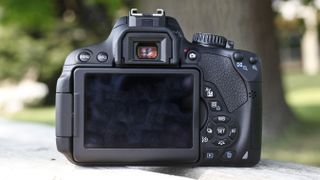
So you gain speed, but lose out slightly on the number of images you can record. To be fair though, how often do you need to shoot bursts of 20+ images?
The better specified, bigger Canon EOS 60D is only 0.3fps faster, at 5.3fps (although it will capture around 58 JPEGs and 16 raw files in one burst). So having 5fps capability in a camera at the Canon 650D's level is quite a bonus. It's fast enough for most wildlife, action and sports photography.
When the Canon EOS 650D's new Hybrid AF system is in action it uses the central pixels to inform the phase detection part and get the subject close to sharp. Then the contrast detection steps in to get it into full focus.
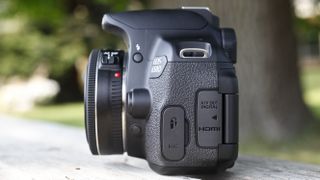
The aim is to make the Live View and video mode focusing quicker and more accurate. If this makes Live View usable when the camera is handheld, it could give the Canon EOS 650D appeal to those upgrading from a compact camera, even if it isn't a hugely popular feature with enthusiasts.
As on the Canon EOS 600D, Canon EOS 60D and Canon EOS 7D, the Canon EOS 650D has an integrated Speedlite transmitter, enabling you to use the built-in flash to trigger external flashguns remotely.
You'll need a flashgun with a slave option to use this function, but it's a great way to take very creative, professional-looking photos by adding dynamic side lighting.
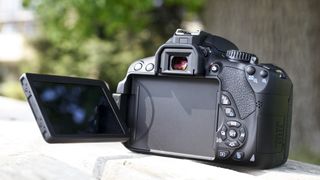
Videographers are also catered for. The Canon EOS 650D records Full HD movies (1920 x 1080) at the usual different frame rates, and there's a stereo microphone on the top. There's also a slot for an external mic - and if you're serious about recording video, then this is always the best option to record quality sound.
Canon has also included its Video Snapshot mode, so you can record two-, four- or eight-second bursts then edit them together for a slicker movie. The Canon EOS 650D also has a mini HDMI port so you can play your home movies on any HD TV. Shame there's no headphone port, though.
New modes and filters
Canon has introduced two new shooting modes on the Canon EOS 650D that are accessed via the now quite cramped mode dial. They are designed to help when shooting in tricky lighting conditions. HDR Backlight Control is handy for brightly backlit scenes, and is intended to help enhance both highlight and shadow detail.
In this mode the camera takes three shots with different exposures - under, correct, and over-exposed. These are then auto-aligned and combined into one image.
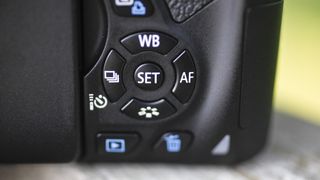
Meanwhile, Handheld Night Scene mode is there to help you capture low light evening shots without the need for a tripod. It does this by taking four different images in rapid succession to achieve a longer total exposure. Again the images are auto-aligned and combined in-camera.
Other spec highlights on the Canon 650D include a sensitivity range of ISO 100-12800 that's expandable to ISO 25600, 14-bit image processing and a new nine-point wide-area AF system with all cross-type sensors.
There's also a new Multi Shot Noise Reduction option, which works in JPG mode only, in addition to the usual four High ISO Speed Noise Reduction settings (Off, Low, Standard and High). When this new mode is used, the camera shoots and combines four consecutive shots to create one low-noise image.
